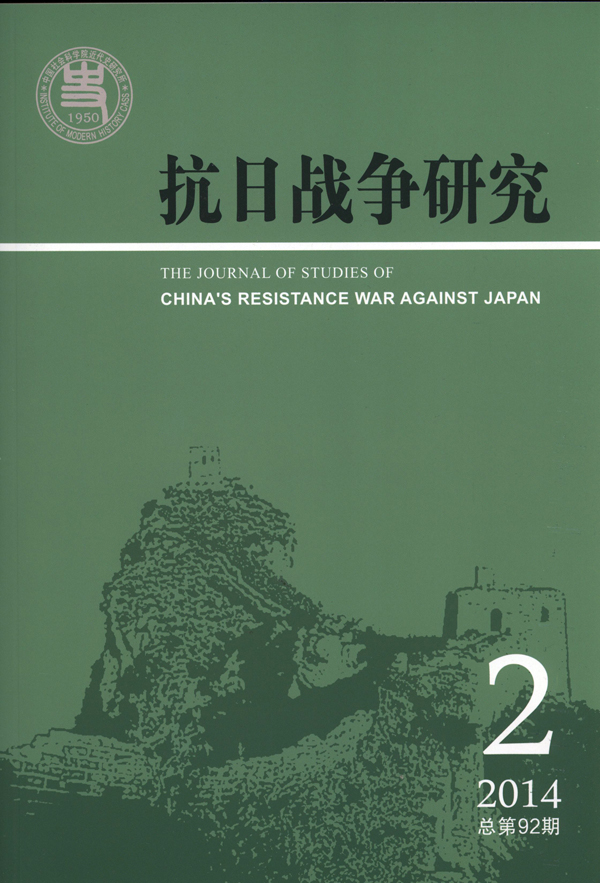‘Moving and Fluent Narrative’: Chinese WW2 Periodical Reviews ‘Shanghai 1937’
- By Guest blogger
- 27 August, 2014
- No Comments
 Shanghai 1937: Stalingrad on the Yangtze by Peter Harmsen is “a moving and fluent narrative which describes a desperate and bitter battle in vivid prose.” That’s according to the influential Journal of Studies of China’s Resistance War Against Japan, which carries a seven-page review article in its most recent issue.
Shanghai 1937: Stalingrad on the Yangtze by Peter Harmsen is “a moving and fluent narrative which describes a desperate and bitter battle in vivid prose.” That’s according to the influential Journal of Studies of China’s Resistance War Against Japan, which carries a seven-page review article in its most recent issue.
The article is written by Liu Bensen, a historian from East China Normal University in Shanghai, and places the book within the context of a larger trend for western writers and historians to finally recognize China’s role in World War Two.
It’s an end to a seven-decade-long eurocentric view of the war, reflected among other things in the widely accepted idea that the war started on September 1, 1939, when Hitler invaded Poland — not in 1937, when Japan and China found themselves in full-scale war, nor in 1931, when Japan launched its invasion of northeast China, even though they arguably have equal merit as the true beginnings of history’s most devastating conflict.
“Shanghai 1937 not only tries to break free from the traditional eurocentrism in terms of when to set the starting date of the war, but also strives to rectify the tendency among western academics to neglect the China theater in studies of World War Two,” Liu writes.
Providing a detailed synopsis of Shanghai 1937, Liu also highlights the breadth of the sources used in the research for the book, ranging from diaries of Japanese soldiers to memoirs by Chinese officers and after-action reports by German advisors fighting alongside China’s most modern divisions.
“A diversified set of sources enables the author to provide an account of the battle that intertwines the perspectives of the Chinese and Japanese combatants with those of the foreigners in the city’s international sections and of the German advisors,” he writes.
“In every chapter, the author succeeds in describing the experiences and perceptions of officers and soldiers on both the Chinese and Japanese side, the suffering of the common people, the war in the eyes of the westerners, and the German advisors’ role, presenting a complete, multi-faceted and objective vista of the war.”
The journal in which Liu’s review appears is the primary academic forum for the dissemination in China of new research into the war with Japan in the 1930s and 1940s. Appearing quarterly since 1991, it is published by the prestigious Chinese Academy of Social Sciences, the nation’s top think tank for politics, economics and history.
“By using a multitude of viewpoints, the book gives us a more rounded picture of the Shanghai battle, and at the same time it teaches us that utilizing a variety of sources and adopting a broad range of perspectives enables us to avoid a one-sided view of the past,” according to Liu.
“Shanghai 1937 excels at depicting the events from the point of view of the common people, using their diaries and letters to describe the war as seen from the ground level, how it began and evolved, and how it affected their lives and spirit… In this respect, it is more original than many works in Chinese, while also being much more readable.”



 Copyright © 2025
Copyright © 2025
Leave a Reply